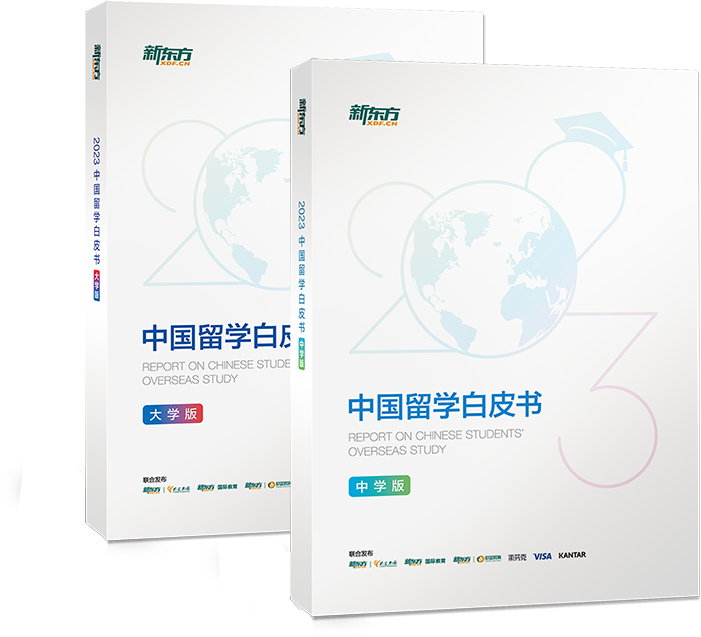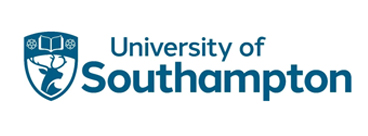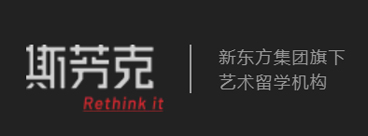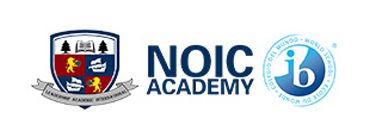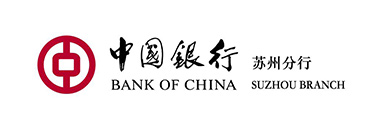【哥大前面试官锐评原文】
I think something of note is that the ranking methodology is the same as last year’s. Of course, we don’t know the specifics behind this choice, but I think one reason could be that QS wants to add a sense of stability. What I mean by that is that beyond maybe wanting to observe the effects of the previous methodology change over a longer period of time, if we look at this year’s graduates, many of them probably had their high school graduations canceled by Covid and went through a lot of uncertainty, capped off by the recent events around the world. So perhaps, QS might have decided against adding in a methodology change on top of the natural shift in rankings year to year to keep things a bit more stable for these fresh graduates.
Q2:看完今年的QS世界排名,有哪些让你印象深刻的地方?Does any particular part of the QS 2025 rankings stand out to you?
A:就总体而言,让我感到奇怪是既然学校的声誉占据指标的45%,像耶鲁大学和普林斯顿大学这样的学校排名却在20名左右,我无法想象这两所学校在声誉方面会有所欠缺。
因此,仔细观察后发现,它们似乎在国际指标中丢分了(指国际教员占比、国际学生占比、以及国际研究网络),而国际类别的指标占总体排名指标的15%。QS世界排名前20的许多其他大学在国际学生和国际教员比例上明显更高,这也是影响排名变动的关键因素之一。
此外,以耶鲁大学为例,其研究得分(由QS通过每名教职工引用率来衡量)为38.6分(满分100分),这似乎低得令人难以置信,因为耶鲁大学被美国大学协会列为 “研究活动非常活跃 ”的学校。
或许对于耶鲁和其他类似情况的学校,通过不同的指标或综合各方面因素的指标来衡量研究活动,会比仅仅使用单位教员引用率更能代表它们的研究实力。


